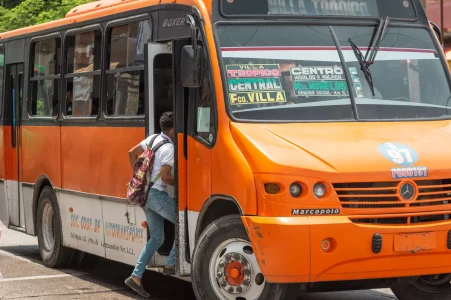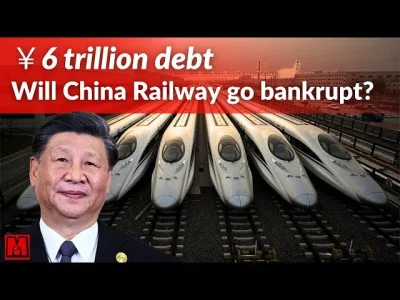O
Ofcourse it dropped during pandemic, it was Covid.I'm not talking about "metro."
(China has 32 billion metro riders a year.)
-------------------------------------
Suburban rail
[edit]
An EMU of the Mumbai Suburban Railway, the oldest Suburban Railway Network in India built in 1853
An elevated stretch of the Chennai MRTS
Suburban rail plays a major role in the public transport system of many major Indian cities. These services are operated by Indian Railways. Suburban rail is a rail service between a central business district and the suburbs, a conurbation or other locations that draw large numbers of people daily. The trains are called suburban trains. These trains are also referred to as "local trains" or "locals". The suburban rail systems in Hyderabad, Pune, Lucknow–Kanpur and Bengaluru do not have dedicated suburban tracks but share tracks with long-distance trains. The suburban rail system of Mumbai, Kolkata and Chennai have both dedicated tracks and tracks shared with long-distance trains.
The first suburban rail system in India is Mumbai Suburban Railway which started operations in 1853. The Kolkata Suburban Railway has the largest network in the entire country. The Chennai Suburban Railway started its operations in 1931.
Suburban trains that handle commuter traffic are all electric multiple units (EMUs). They usually have nine or 12 coaches, though can sometimes include 15 to handle rush hour traffic. One unit of an EMU train consists of one power car and two general coaches. Thus a nine coach EMU is made up of three units having one power car at each end and one at the middle. The rakes in the suburban rails run on 25 kV AC.<a href="https://en.wikipedia.org/wiki/Urban_rail_transit_in_India#cite_note-136"><span>[</span>128<span>]</span></a> Ridership on India's suburban railways has risen from 1.2 million in 1970–71 to 4.4 million in 2012–13. The suburban railways of Mumbai, Kolkata and Chennai occupy no more than 7.1% of the Indian Railways network, but account for 53.2% of all railway passengers.<a href="https://en.wikipedia.org/wiki/Urban_rail_transit_in_India#cite_note-137"><span>[</span>129<span>]</span></a> In some cities of India, the opening of rapid transit systems has led to a decline in the use of the suburban rail system.<a href="https://en.wikipedia.org/wiki/Urban_rail_transit_in_India#cite_note-138"><span>[</span>130<span>]</span></a> <a href="https://en.wikipedia.org/wiki/Urban_rail_transit_in_India#cite_note-139"><span>[</span>131<span>]</span></a>
As of 5 September 2021
------------
Indian railway passenger traffic FY 2010-2023
,
Mar 12, 2025
The passenger traffic in the railway sector increased to 6.4 billion across India in fiscal year 2023. Passenger rail traffic from India’s suburbs was much higher than the non-suburban rail traffic at the end of fiscal year 2018. Overall, the railway network transported over 22 million passengers every day pre-pandemic era.

India: railway passenger traffic | Statista
The passenger traffic in the railway sector dropped to around 3.52 billion across India in fiscal year 2022.www.statista.com















